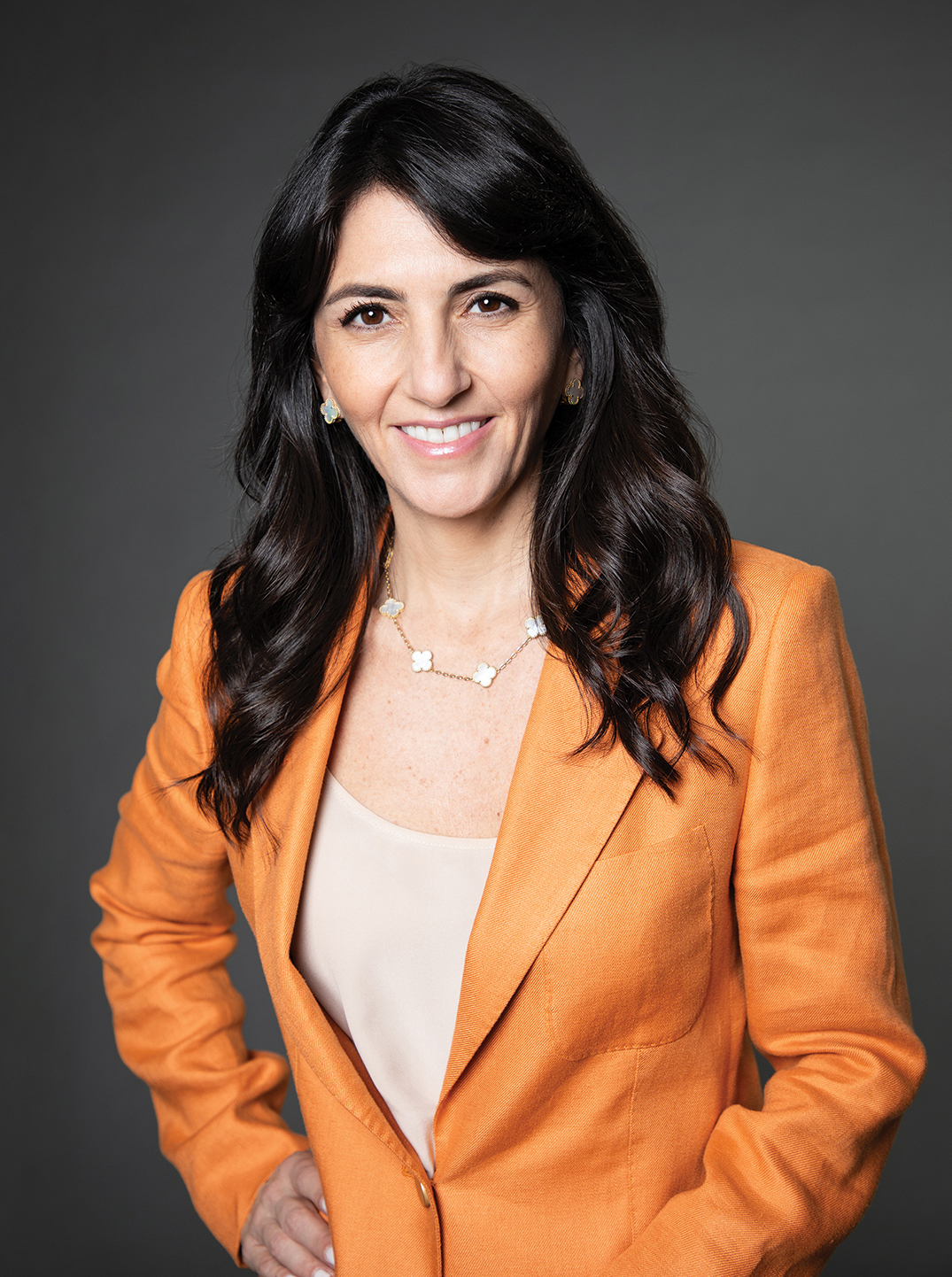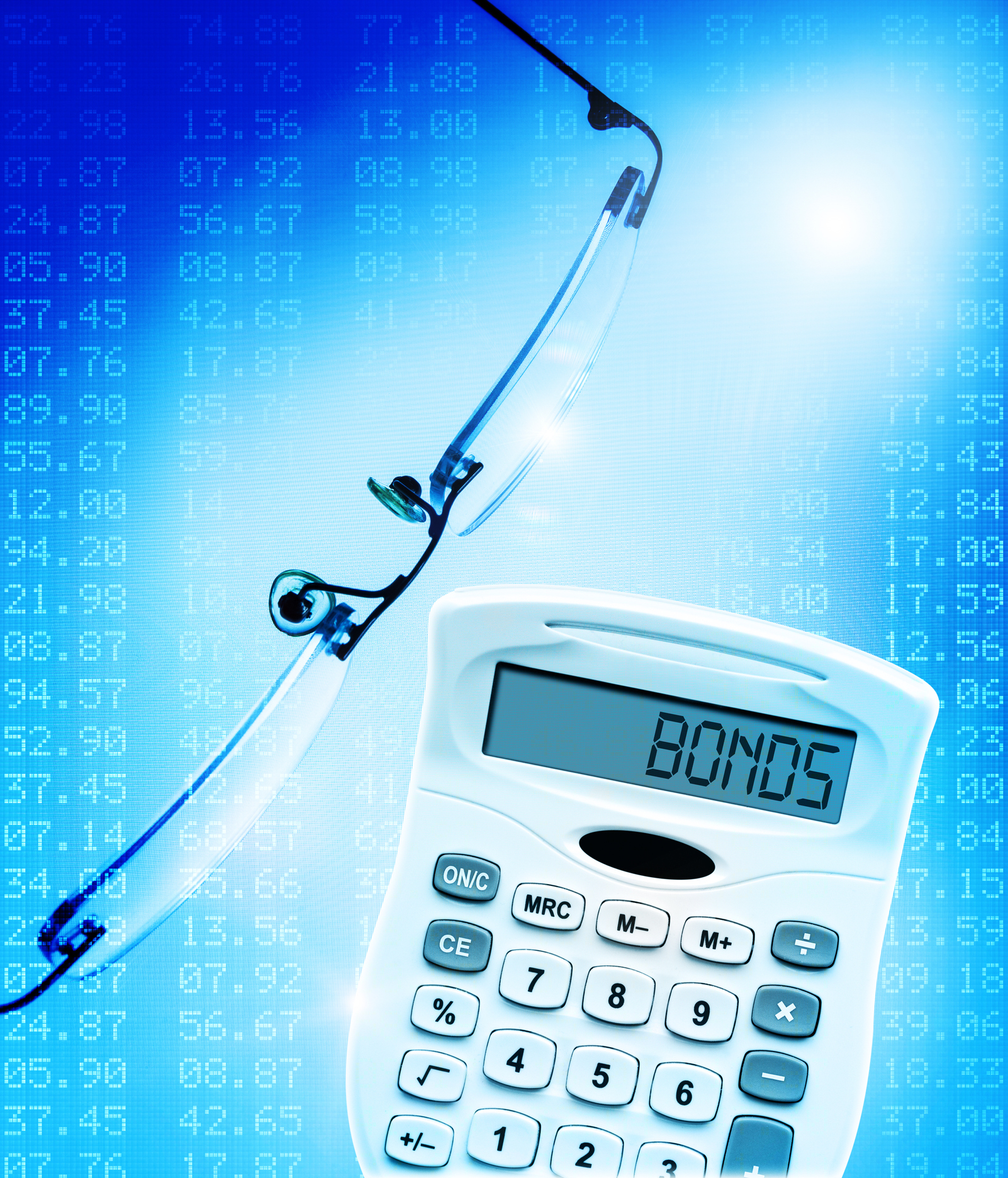Yes, You Can Have Too Much Cash
A sizable hoard is comforting but could crimp long-term portfolio gains.


When it comes to financial security, it's comforting to know that you have adequate cash reserves to tap when you need them. But there's also a downside to stockpiling cash: It can drag down your portfolio's returns and cause you to fall behind financially over the long haul.
If you're like many Americans, you're probably sitting on a larger pile of cash than normal after spending less during the pandemic and depositing government stimulus checks.
Or maybe you trimmed your stock exposure during last year's bear market and never got back in. The U.S. personal savings rate (the percent of disposable income people save) was 27.6% in March. That's below the record 33.7% savings rate in April 2020, but it is nearly four times the pre-pandemic rate of 7.3%, according to financial services firm UBS.
From just $107.88 $24.99 for Kiplinger Personal Finance
Become a smarter, better informed investor. Subscribe from just $107.88 $24.99, plus get up to 4 Special Issues

Sign up for Kiplinger’s Free Newsletters
Profit and prosper with the best of expert advice on investing, taxes, retirement, personal finance and more - straight to your e-mail.
Profit and prosper with the best of expert advice - straight to your e-mail.
Nearly $17 trillion was held in money market funds, bank savings accounts and small CDs (certificates of deposit) in January, up 24% from the start of 2020, according to Crane Data.
Economic research firm Moody's Analytics estimates that U.S. households had $2.3 trillion in "excess savings" at the end of the first quarter. This excess savings is on top of what households would have saved if the pandemic had not occurred and their saving behavior had been the same as in 2019.
Some investors have been reluctant to funnel their spare cash into assets such as stocks that have historically delivered bigger returns over time. U.S. investors had an "elevated" 19% of their portfolios in cash in April despite an improving economy and rising stock prices, a UBS survey found.
Sure, having a rainy-day fund can help you survive financial jams such as an unexpected car repair or job loss. But cash really shouldn't play a big role in investment accounts meant to fund long-term goals such as retirement or college tuition. "Cash becomes a drag on returns really quick," says Kristin McKenna, managing director at Darrow Wealth Management.
The Weight of Too Many Greenbacks
Having too much wealth parked in low-return assets can result in "portfolio drag," a term used to describe earning less on your money by playing it safer than you otherwise could.
"Too much cash is bad for your wealth," says Mark Haefele, chief investment officer at UBS. A $10,000 investment in a three-month Treasury bill, a proxy for cash, grew to $21,351 over a 30-year period ending in December 2020, a study by fund company T. Rowe Price found. In contrast, $10,000 invested in the S&P 500 stock index would have swelled to $211,000.
Running to the perceived safety of cash or trying to time the market can hurt you in the short run, too.
Consider investors who took some chips off the table last spring, when the S&P 500 suffered its fastest-ever 20% bear-market drop and then mounted a rapid rebound.
A portfolio that increased its cash holdings from 3% to 15% (thereby reducing its stock allocation from 60% to 48%) underperformed a portfolio that remained at 3% cash by roughly 7% in the recovery period from March 23, 2020, through August 18, 2020, according to Wells Fargo Investment Institute. And a portfolio that sold half of its 60% stock stake and put the proceeds into cash underperformed the 3% cash portfolio by 15%.
Another reason being too conservative can be costly: Cash, which yields zero, is losing purchasing power and generating a negative return when you factor in consumer inflation, which has risen over 4% in the 12 months through April.
Consider the following UBS analysis: Someone with a $5 million all-cash nest egg who has annual expenses of $250,000 that increase 2% per year due to inflation would have only $2.5 million left after 10 years after drawing down the cash to pay bills. The same portfolio invested in stocks could be expected to rise in value to $7 million over the same period.
The Bucket Approach
Weigh short-term needs against long-term goals to find an optimal cash position. Personal finance pros recommend a "bucket" approach that allocates cash over different time frames.
A zero-cash allocation isn't crazy. Once you have buckets one and two funded and can survive financial Armageddon, you likely have enough protection to invest aggressively with bucket three.
Younger investors have decades to recover from stock downturns. And those nearing or in retirement must keep their nest egg growing to fund golden years that could last decades, so building a growth-and-income portfolio of stocks and bonds makes sense. Vanguard's target-date fund for people who retired in 2015, for example, consists of 33% stocks, 66% bonds and 1% cash; a fund targeting retirement in 2025 holds 58% stocks, 41% bonds and 1% cash. "Try to stay fully invested," says Ward.
Bucket 1: Emergency fund. You need cash savings for emergencies such as an unexpected healthcare bill. View your emergency bucket "as your personal safety net when life throws you a curveball," says Judith Ward, senior financial planner at T. Rowe Price. Single-income households should have six to 12 months of regular expenses set aside. For dual-income families, three to six months should suffice.
It makes sense for retirees to build a cash cushion of one to two years of living expenses so that they can tap their emergency fund to ride out a market decline without having to sell retirement savings at depressed prices (see Get Ready to Retire With This Checklist).
"It's about protecting your long-term assets," says Ward, adding that research shows that most balanced portfolios (60% stocks, 40% bonds) recovered fully from the bear markets of 2000 and 2008 within one to two years.
Bucket 2:Major expenses or intermediate-term goals. If a big-ticket purchase such as a new car, college tuition or the down payment on a new home is on the horizon, you should have the money socked away for those things, too. You can't afford to risk money you'll need in a few years in the stock market.
High-yield savings or money market accounts, or even conservative short- or intermediate-term bond funds, are good choices for this goals-based bucket.
Bucket 3: Investments. For money earmarked for the long term, the less cash the better. "We don’' see cash as having a place in an investment portfolio," says McKenna, who recommends no more than 2%. Even a 5% to 10% cash weighting can act as a headwind.
To maximize long-term returns, emulate the low cash holdings favored by fund managers. The seven nations with the biggest government pension funds (a group that includes the U.S.) had average cash positions of 4% in 2019, UBS data show. Target-date retirement funds offered by Vanguard, which get more conservative as you near retirement, hold only about 1% cash in portfolios that target retirement in as little as five years.
Profit and prosper with the best of Kiplinger's advice on investing, taxes, retirement, personal finance and much more. Delivered daily. Enter your email in the box and click Sign Me Up.

Adam Shell is a veteran financial journalist who covers retirement, personal finance, financial markets, and Wall Street. He has written for USA Today, Investor's Business Daily and other publications.
-
 Forget FIRE: Why ‘FILE’ Is the Smarter Move for Child-Free DINKs
Forget FIRE: Why ‘FILE’ Is the Smarter Move for Child-Free DINKsHow shifting from "Retiring Early" to "Living Early" allows child-free adults to enjoy their wealth while they’re still young enough to use it.
-
 7 Tax Blunders to Avoid in Your First Year of Retirement
7 Tax Blunders to Avoid in Your First Year of RetirementA business-as-usual approach to taxes in the first year of retirement can lead to silly trip-ups that erode your nest egg. Here are seven common goofs to avoid.
-
 How to Plan for Social Security in 2026's Changing Landscape
How to Plan for Social Security in 2026's Changing LandscapeNot understanding how the upcoming changes in 2026 might affect you could put your financial security in retirement at risk. This is what you need to know.
-
 10 Retirement Tax Plan Moves to Make Before December 31
10 Retirement Tax Plan Moves to Make Before December 31Retirement Taxes Proactively reviewing your health coverage, RMDs and IRAs can lower retirement taxes in 2025 and 2026. Here’s how.
-
 The Rubber Duck Rule of Retirement Tax Planning
The Rubber Duck Rule of Retirement Tax PlanningRetirement Taxes How can you identify gaps and hidden assumptions in your tax plan for retirement? The solution may be stranger than you think.
-
 The Most Tax-Friendly States for Investing in 2025 (Hint: There Are Two)
The Most Tax-Friendly States for Investing in 2025 (Hint: There Are Two)State Taxes Living in one of these places could lower your 2025 investment taxes — especially if you invest in real estate.
-
 The Final Countdown for Retirees with Investment Income
The Final Countdown for Retirees with Investment IncomeRetirement Tax Don’t assume Social Security withholding is enough. Some retirement income may require a quarterly estimated tax payment by the September 15 deadline.
-
 What Does Medicare Not Cover? Eight Things You Should Know
What Does Medicare Not Cover? Eight Things You Should KnowMedicare Part A and Part B leave gaps in your healthcare coverage. But Medicare Advantage has problems, too.
-
 UBS Global's Solita Marcelli: It's a Green Light for U.S. Stocks in 2025
UBS Global's Solita Marcelli: It's a Green Light for U.S. Stocks in 2025A strong economy, rate cuts and continued AI spending should support stocks in the new year, says UBS Global's chief investment officer, Americas.
-
 Estate Planning Checklist: 13 Smart Moves
Estate Planning Checklist: 13 Smart Movesretirement Follow this estate planning checklist for you (and your heirs) to hold on to more of your hard-earned money.
-
 Bond Basics: Zero-Coupon Bonds
Bond Basics: Zero-Coupon Bondsinvesting These investments are attractive only to a select few. Find out if they're right for you.